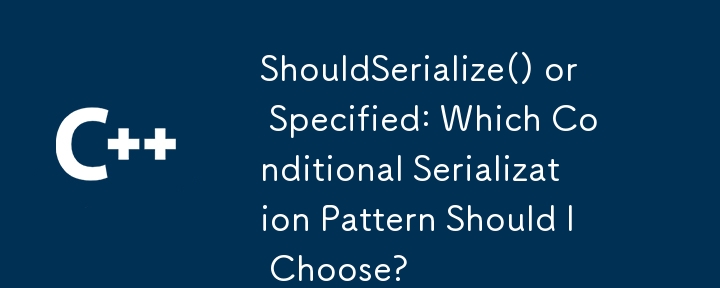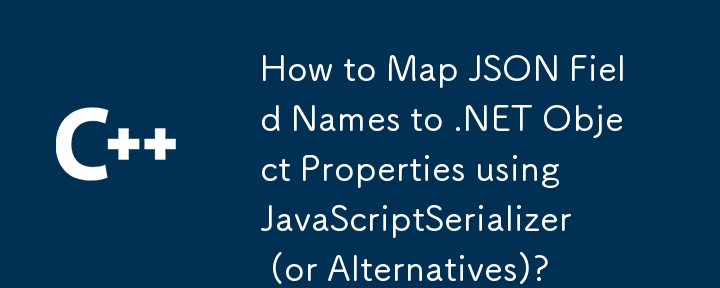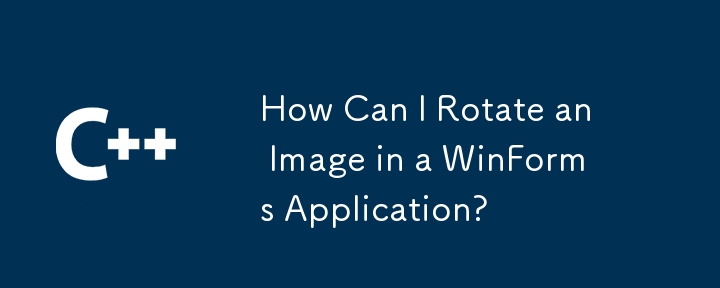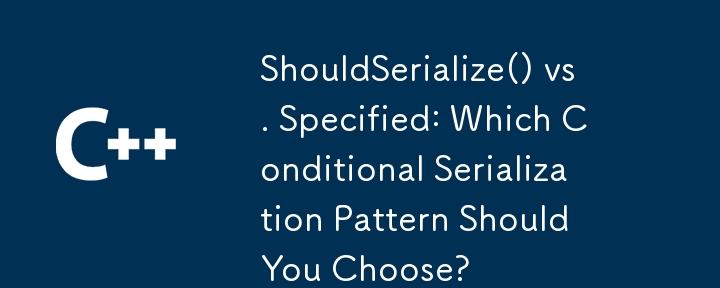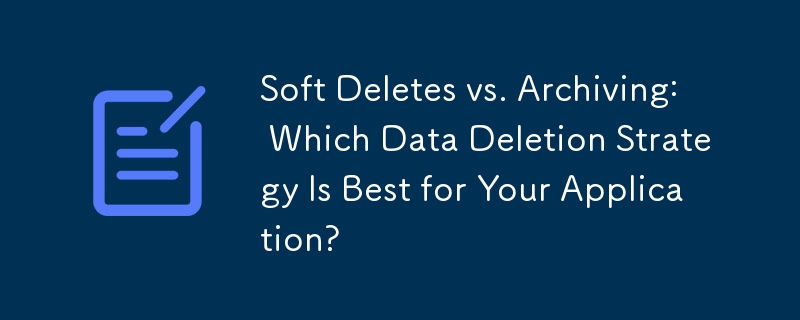Found a total of 10000 related content

How to use Chrome's built-in QR code generator
Article Introduction:Chrome's built-in QR code generator can be turned on and used through experimental functions. First, enter chrome://flags/#QR-code-generator in the address bar and enable this function. After restarting the browser, take effect; then right-click the "Share" button in the page address bar and select "Create QR Code" to generate the QR code of the current web page. This function is suitable for desktop version and some Android versions of Chrome. It can be used for offline posters, teaching demonstrations or help unfamiliar operations to access designated pages to improve sharing efficiency.
2025-07-16
comment 0
203

How to link to a specific part of a page in HTML?
Article Introduction:To achieve the function of jumping to a specific part in a web page, you can achieve it through the following steps: 1. Set a unique id for the target element; 2. Use the #id name to point to the id in the link's href attribute; 3. You can add scroll-behavior:smooth through CSS to achieve smooth scrolling effect; 4. Pay attention to ensuring that the id is unique and has a reasonable naming, avoiding Chinese or retaining keywords; 5. In mobile or single-page applications, you need to ensure that the target element has been loaded or used JavaScript to deal with offset issues.
2025-07-11
comment 0
498

The `allowfullscreen` Attribute for Iframes
Article Introduction:The allowfullscreen property is used for labels, allowing embedded content to be displayed in full screen. Common writing methods include allowfullscreen, allow="fullscreen" and allow="fullscreen;autoplay;encrypted-media", etc. It is recommended to use the standard writing method allow="fullscreen". If the full screen function does not take effect, it may be due to browser restrictions, parent page permission settings, or the content itself does not support it. In addition, you can finely control permissions through the allow attribute, such as allow="full
2025-07-17
comment 0
924

Using the CSS will-change Property for Performance Optimization
Article Introduction:Will-change cannot be abused because it will cause additional resource consumption in the browser and prevent optimization. Its function is to inform the browser elements in advance that they will change, thereby triggering optimization mechanisms such as layer improvement and hardware acceleration. However, if you use a large number of elements or unnecessary animations, it will cause excessive memory usage and page jamming. Suitable for frequent moving UI elements (such as sliding menus, pop-up windows), drag elements, complex scrolling animations and other scenarios. Correct usage includes: specifying specific attributes instead of all; adding dynamically when necessary and removing them in time after the animation ends; and implementing mouseenter addition, mouseleave delay removal and other methods to reduce resource usage in combination with JS.
2025-07-05
comment 0
919
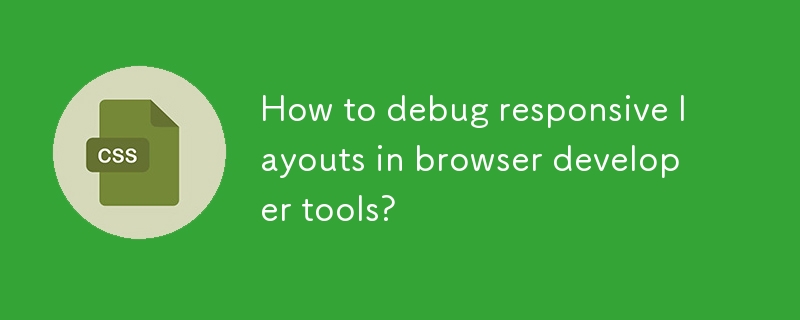
How to debug responsive layouts in browser developer tools?
Article Introduction:The key to debugging responsive layouts is to utilize the browser developer tools' device emulator, media query checking, layout panels, and real-time editing capabilities. Use the device simulator to view page performance at different resolutions to ensure the correct layout; use the "Computed" panel to check whether the media query rules are effective and prioritized; Chrome's "Layout" panel can visualize the layout details of Grid and Flexbox; finally use the real-time editing function to test style modification and confirm the repair effect. Proficiency in these techniques can help quickly locate and solve problems in responsive design.
2025-07-02
comment 0
680

Implementing Native Lazy Loading for Images in HTML
Article Introduction:Native lazy loading is a built-in browser function that enables lazy loading of pictures by adding loading="lazy" attribute to the tag. 1. It does not require JavaScript or third-party libraries, and is used directly in HTML; 2. It is suitable for pictures that are not displayed on the first screen below the page, picture gallery scrolling add-ons and large picture resources; 3. It is not suitable for pictures with first screen or display:none; 4. When using it, a suitable placeholder should be set to avoid layout jitter; 5. It should optimize responsive image loading in combination with srcset and sizes attributes; 6. Compatibility issues need to be considered. Some old browsers do not support it. They can be used through feature detection and combined with JavaScript solutions.
2025-07-12
comment 0
828


Dave The Diver: How To Catch Spider Crabs
Article Introduction:In Dave The Diver, there are some creatures that are not easy to catch. Or, catch alive that is. The spider crab is one of those very species, making it seem like the only way to bring these crustaceans back up to land is to viciously crack them up w
2025-01-10
comment 0
809
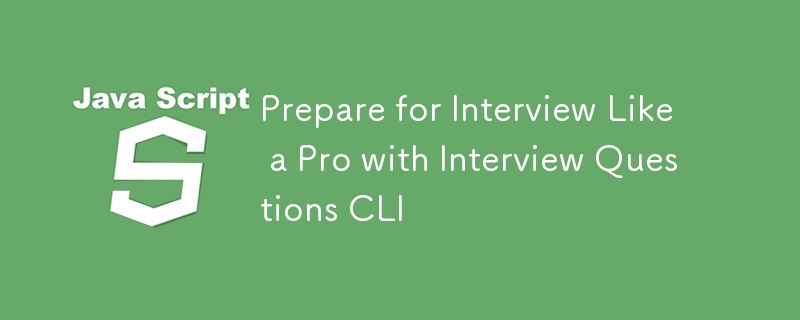
Prepare for Interview Like a Pro with Interview Questions CLI
Article Introduction:Prepare for Interview Like a Pro with Interview Questions CLI
What is the Interview Questions CLI?
The Interview Questions CLI is a command-line tool designed for JavaScript learners and developers who want to enhance their interview
2025-01-10
comment 0
1437
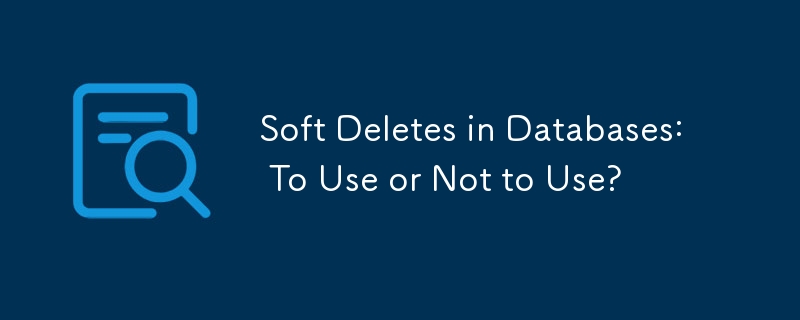
Soft Deletes in Databases: To Use or Not to Use?
Article Introduction:Soft Deletes: A Question of DesignThe topic of soft deletes, a mechanism that "flags" records as deleted instead of physically removing them, has...
2025-01-10
comment 0
1052
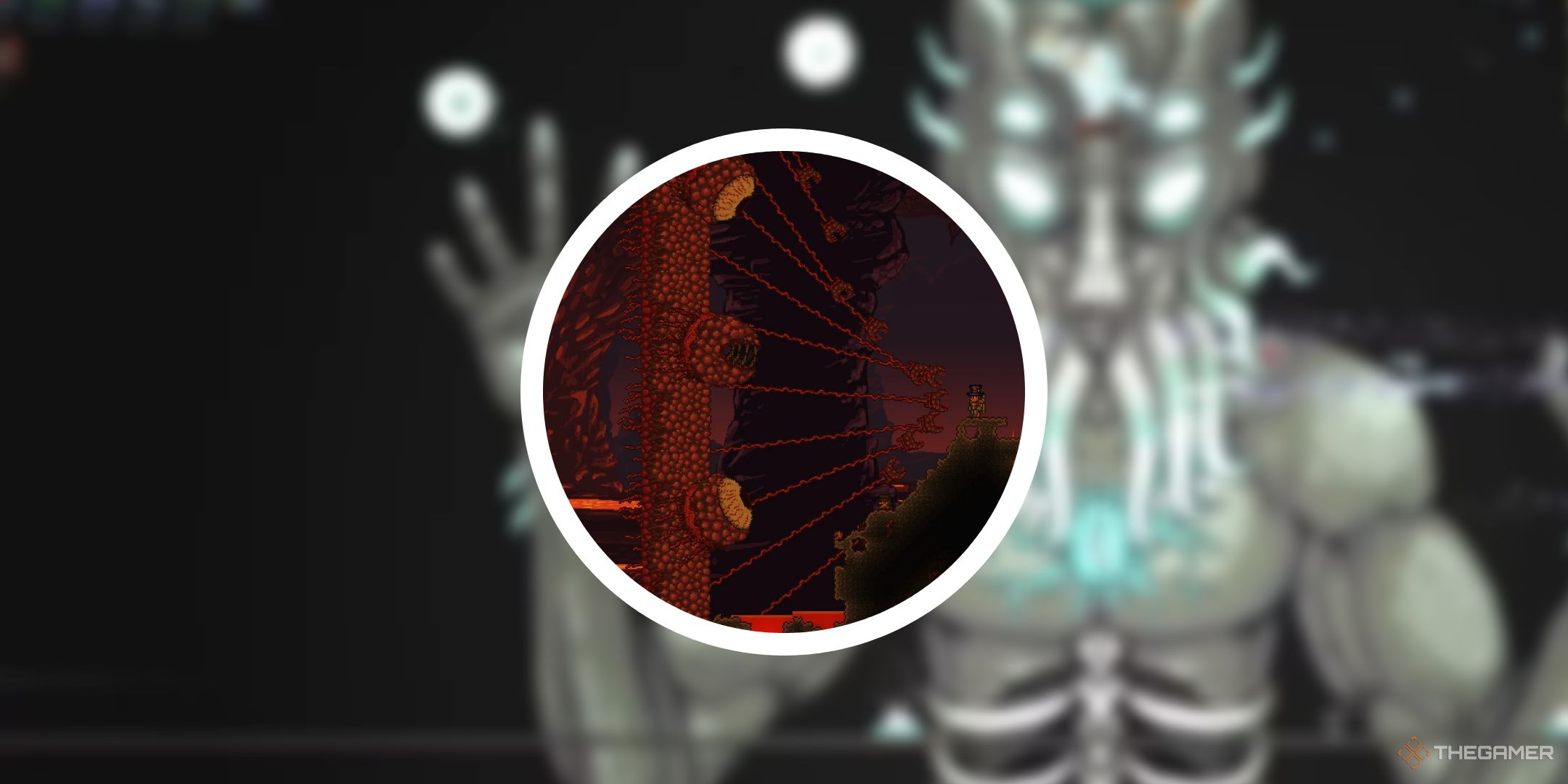
Terraria: How To Make A Loom
Article Introduction:There are a lot of crafting stations that you can make in Terraria. This ranges from simple anvils to unique stations meant for one specific type of resource. Early into the game, you'll be able to make your own Loom, which is primarily used to make
2025-01-10
comment 0
1328











